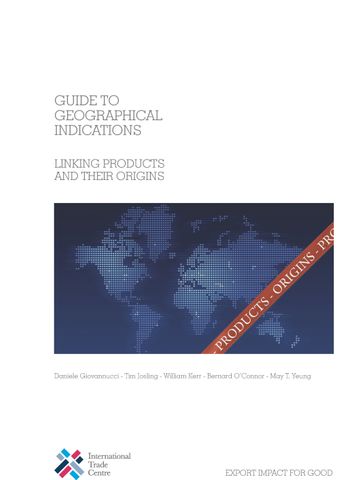The Case of Kona Coffee, Hawaii

- Authors: Daniele Giovannucci and Virginia Easton Smith
- Main Title: Guide to Geographical Indications
- Publication Date: February 2010
- DOI: https://doi.org/10.18356/c1a1d207-en
- Language: English French, Spanish
Hawaii’s Kona region, though world-famous, is remarkably small, stretching 15 miles along the south-western coast of the United States island of Hawaii and reaching approximately 2 miles up into the hills. It is a mostly rain-fed area whose approximately 630 producers most commonly cultivate a Kona Typica coffee of Guatemalan origin. Coffee was first planted in the first half of the 19th century and thrived sufficiently well to be remarked on by prominent visitors including Mark Twain but was not notably distinguished in the global market place until the latter part of the 20th century. Production volumes for this prized product average just over 20,000 (60 kg) bags per year.
© United Nations
ISBN (PDF):
9789213615119
Book DOI:
https://doi.org/10.18356/43475316-en
Related Subject(s):
International Trade and Finance
Sustainable Development Goals:
Countries:
United States
-
From This Site
/content/books/9789213615119s031-c009dcterms_title,dcterms_subject,pub_keyword-contentType:Journal -contentType:Contributor -contentType:Concept -contentType:Institution105
/content/books/9789213615119s031-c009
dcterms_title,dcterms_subject,pub_keyword
-contentType:Journal -contentType:Contributor -contentType:Concept -contentType:Institution
10
5

